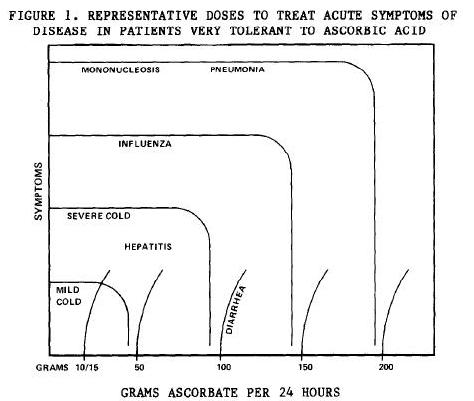Those of you who have explored my other sites know that I have a strategy-and-entrepreneurship consulting shop, Evoconomics.
As part of that “day job” I serve as an advisor to Giga Omni Media, Inc., an innovative company based California. If you are in the technology industry, check out their blogs, events, and research product, GigaOm Pro.
I’m leaving early tomorrow for San Francisco to visit Giga and attend their mobile Web conference, Mobilize. I may not respond to comments or emails until after the trip. I’ll be back on Saturday and you can expect the next blog post on Sunday or Monday.
UPDATE: For those who have bought the book while I’ve been away — first, thank you very much! I normally send a thank you email immediately upon purchase, with our promise to send every buyer a free copy of the final version. I will send those emails on Saturday when I am back. Please know that your purchases are appreciated, and that we will send every buyer a free copy of the final version.












Recent Comments